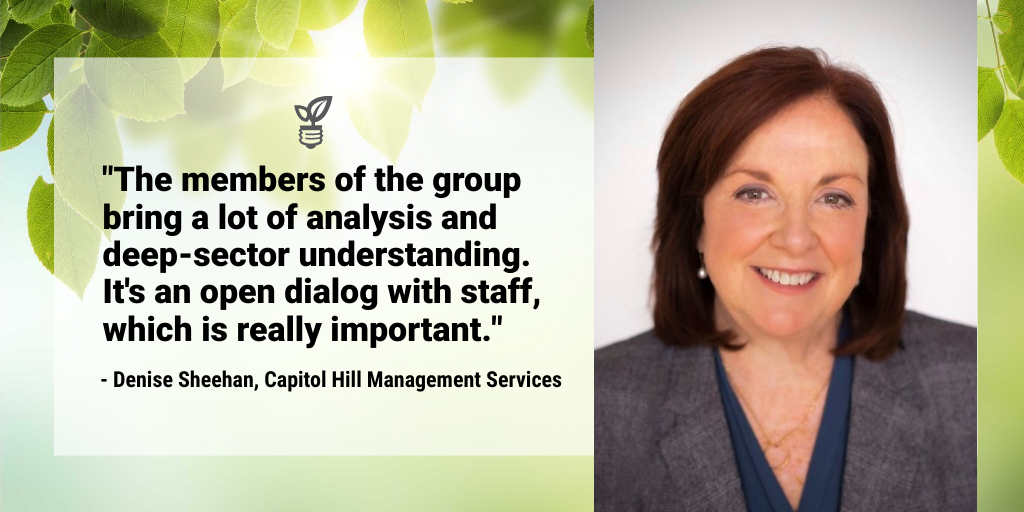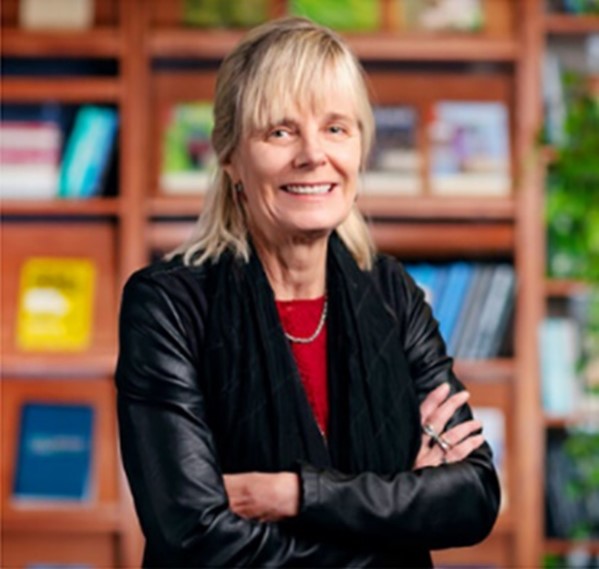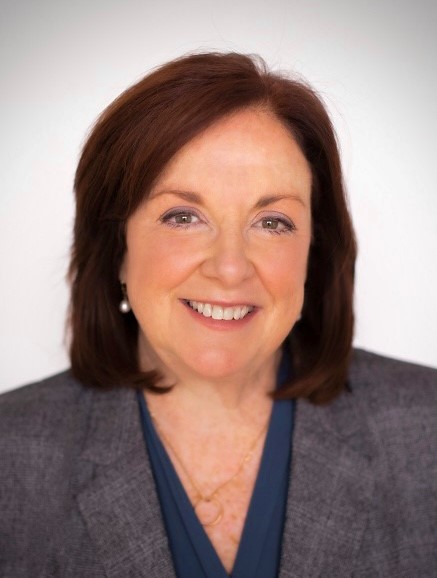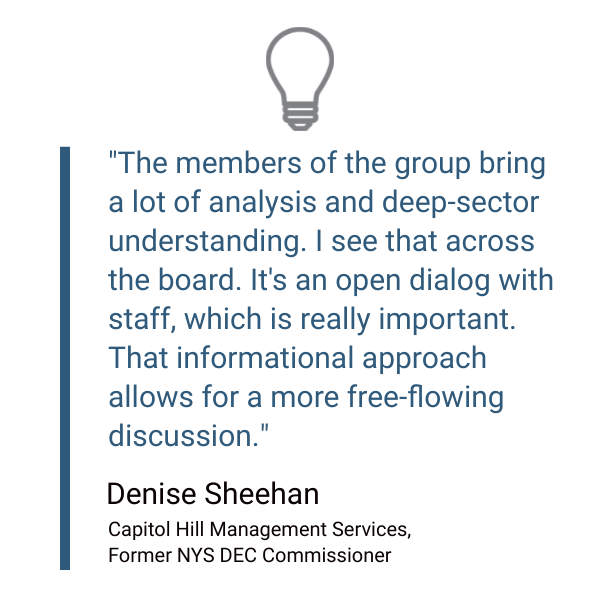How Our Environmental Advisory Council Adds a Clean Perspective to NYISO Decisions

The energy industry, by all accounts, is at a crossroads. New York State’s Climate Leadership and Community Protection Act (CLCPA) promises sweeping changes in the way we operate the electric system, while national climate policy and decarbonization has become a major focal point of the 117th United States Congress.
The threat of climate change is, of course, the driving force behind recent public policy advancements. And frequent extreme weather has required a comprehensive review of how we at the NYISO operate the grid in order to maintain reliability. Moreover, increased attention on environmental justice issues by the White House, Congress, and New York State government has prompted a new way of thinking about how to plan the power system and prepare for the days of highest energy demand.
While the increased attention on energy and climate policy may seem recent to some, we at the NYISO have always made these issues a focused priority. We’ve always looked for new perspectives and angles from which to understand and analyze the intersection of competitive electric markets, new generating technology, and environmental implications.
Enter the NYISO Environmental Advisory Council (EAC).
The EAC began shortly after the NYISO’s founding, nearly two decades ago, as a way for our leadership to consider the intersection of new environmental policies, market rules, planning concepts, and grid operations. The EAC is a panel of energy and environmental experts that serves as a forum to discuss the environmental consequences and implications of our work.
EAC guidance plays an important role in our strategic planning, where we determine NYISO direction for the future grid based on energy trends and public policy changes. The EAC also helps provide environmental considerations to aspects of our mission, including market design, system operations and reliability, and grid planning. Members were invited to join because of their backgrounds on economic and environmental issues in academia, government, or as industry experts on the issues that cross between the environment and the energy industry.
The EAC meets with our senior leadership and Board of Directors members to help us assess and discuss the implications of environmental policies on our mission, and the implications of our markets on environmental issues.
Gary Davidson, NYISO Regulatory Affairs Principal, works closely with the EAC to organize and facilitate discussions and presentations. He sees the EAC as an opportunity to learn different perspectives on issues that align markets with desired environmental outcomes, including emissions reductions and the advancement of clean energy technologies.
“EAC members bring outside experience and expertise to the table, giving us better insight into how other regions of the country are addressing similar challenges that we’re facing,” Davidson said. “Whether it’s modeling offshore wind integration or helping us assess how regional emissions rules might influence New York’s markets, the meetings with the EAC always lead to new insights that help us to balance environmental, technical, and economic interests.”
Members say they value their chance to provide input.

“It includes people who have experience in state energy policy, people with experience working with environmental groups, people with serious engineering expertise, and academics who study these issues from both engineering and economic perspectives,” she said. “NYISO has made sure to keep up with different types of experts and folks who focus on emerging technologies. It’s been valuable to get those folks on board.”

“That nexus between policy and market-based models is really something I can bring to the EAC,” she said. “I believe in market-based solutions but I also recognize the role for government policy to move the needle.”

Member Victor Niemeyer is a retired energy and environmental analyst at the Electric Power Research Institute (EPRI). The economist started his career at EPRI in utility planning, and was one of the first to research how to integrate energy conservation and load management into resource planning. More recently, he worked with utilities to help prepare for new climate regulations, such as the CLCPA.
His four decades of experience make him an invaluable resource for the NYISO. Speaking of the EAC, Niemeyer says, “We give a more balanced and long-term perspective on things. That’s worthwhile given the industry’s diverse stakeholders and long-lived assets. All of that goes into thinking how to position the New York ISO over a variety of uncertain futures.”

